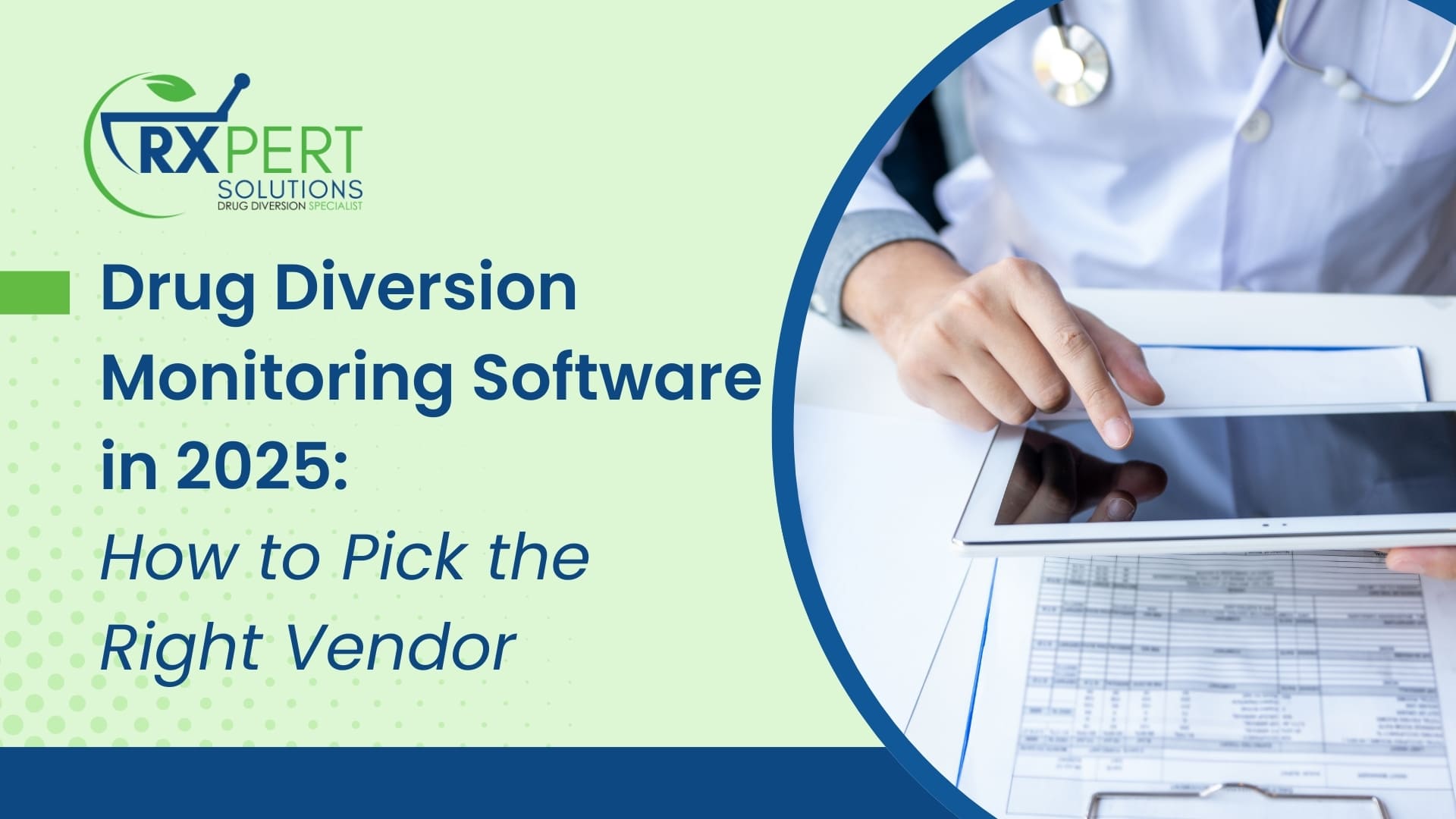In today’s blog, I am going to highlight small changes you can make to monitor for drug diversion using your current resources. I think we can all agree, the more comprehensive the monitoring, the better. However, some monitoring is better than nothing, and if your current resources don’t allow a comprehensive drug diversion monitoring program, find ways to incorporate small advances. Over time you will find you have come a long way. To some of you, these may seem basic, but I know from experience there are facilities out there not even doing the basics. Some of you may think you are doing the basics, but if you speak with the staff who are actually performing the work, you may find the approach they are taking is not as comprehensive as you thought.
Close the loop on all automated dispensing machine (ADM) discrepancies. The words I have put in bold are intentional. Do not believe anyone’s discrepancy resolution reason without confirming it yourself. Depending on the discrepancy, some or all of the following steps may be needed to completely close the loop: inventory the pocket yourself, check the MAR for order instructions and administration charting, check the MAR to see if another healthcare worker (HCW) charted admin and if so, is there a record they removed the med from the ADM, were there any wastes/returns by another RN for the medication in question. It may require looking at the rest of the activity for the HCW to see where else in the ADM they were and could they have misplaced the med. It may also require searching the ADM itself to see if something has fallen within the machine. Interviewing staff involved may also be needed. Not all discrepancies will require a lengthy investigation, but they all must have a thorough investigation performed with proof that it has been resolved and the item is not missing. Two reasons for closing the loop completely are first, we never want to pursue someone for drug diversion until we have done a full investigation in an attempt to account for the med. Second, we must always verify the HCW’s accounting of the activity to rule out drug diversion. Pharmacy Directors, make sure you or one of your managers is coming behind the person performing the discrepancy review to confirm all meds are accounted for and proof has been provided for any discrepancy resolution. Roughly 10% of the cases of drug diversion which came to my attention were because of an ADM discrepancy which prompted a further investigation into the HCW’s activity.
Monitor drug removals post discharge. Set up a report to run daily for all removals post discharge and review each of these transactions individually. Also, confirm that the time between discharge and med availability in the ADM is long enough to be practical, but short enough to minimize your risk. Roughly 5% of the cases of drug diversion which came to my attention were because of a removal post discharge.
Educate all staff to the reality of drug diversion. Most staff don’t see diversion as a real problem. They don’t give it much thought and do not believe it is something that happens at their facility. It is our job to educate them to the truth. Give the Pharmacy Department staff full education on the statistics and the need to be vigilant and report anything suspicious. They are often the front line for “what do I do with this” type of questions from nurses. If the pharmacy personnel are not educated to drug diversion, their standard answer is often “just go ahead and waste it”. Most times they do not even bring the matter to the attention of pharmacy management let alone get the details of who, where, when and sequester the item in question. Educate nurse managers to the reality of drug diversion. Most don’t see their staff as potential diverters, which means they are not monitoring for concerning behaviors. Educate nursing staff. Educate new employees. Attend staff meetings and nurse orientation and tell them about drug diversion and their obligation to witness waste (actually witness) and report concerning behavior or odd findings involving controlled substances. Educate Environmental Services staff. Give them the information they need so they can identify what looks out of place and who to report to should they find something. Educate your Billing Department. One of the drug diversion cases I was involved in was reported to me originally by the Billing Department after they noted something odd. Work with your Risk Department. They know all! Keep them informed about odd occurrences. Sometimes what they know and what you know adds up to something that requires action. When you get everyone on board (and keep them on board), they will be your eyes and ears throughout the facility. Roughly 18% of the cases of drug diversion which came to my attention were because of a concern brought forward by another staff member.
Implementing all three of the above suggestions will make a difference. All Pharmacy Directors have an obligation from a regulatory standpoint as well as a patient safety standpoint to monitor for drug diversion. Start small if that is all your resources can accommodate. Just start.
“Have a bias toward action – let’s see something happen now. You can break that big plan into small steps and take the first step right away.” — Indira Ghandi





